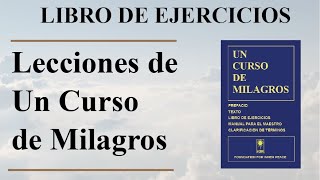Chances are you know acim podcast someone who is working toward a college or post-college degree via the Internet. Perhaps you yourself have attended online classes to continue your education, obtain a certification, or to improve you chances for advancement in your job.
More and more people are finding they can earn their degree from an accredited online university which offers the same challenge and quality of a traditional classroom in an environment which allows them to fit education into a life that might be too busy for a more conventional method of instruction.
According to a recent government study, about 127,400 distance education courses were offered in 2001-02, and there were about 3.1 million enrollments in distance education. Over one-half of all postsecondary education institutions offered distance education, and another 12 percent planned to offer distance education in the next 3 years.
Distance education is defined as education or training courses delivered to a remote (off-campus) location via audio, video, or computer technologies. Courses conducted exclusively on campus, as well as classes conducted exclusively via written correspondence, are not included in this definition of distance.
It is increasingly clear that technology has expanded the ability of students to participate in postsecondary education. Virtually every type of learner can benefit from some form of online education. In addition to the rapid proliferation of new courses and programs, colleges and universities are taking advantage of the Internet to enhance the admissions process and give potential students the opportunity to apply online.
Online education enables you to learn without causing a major upheaval in your life. You can access online class rooms using any Internet connection, anytime and practically anywhere. This round-the-clock access allows you to download assignments, read and participate in class discussions, review faculty feedback, and much more, all at times which are convenient to your professional and personal schedule. Many students find that this added flexibility, which does not sacrifice quality, helps keep them on track toward their goals more readily than with the rigid scheduling of a traditional learning environment.
There is also evidence that a portion of those students who participate in postsecondary education in their homes or workplace would not otherwise enroll in postsecondary education. Thus, it appears that technology is opening up new markets of potential students without significantly diminishing the number of students who would enroll in traditional colleges and universities, many of which also are offering technology-mediated distance education.




